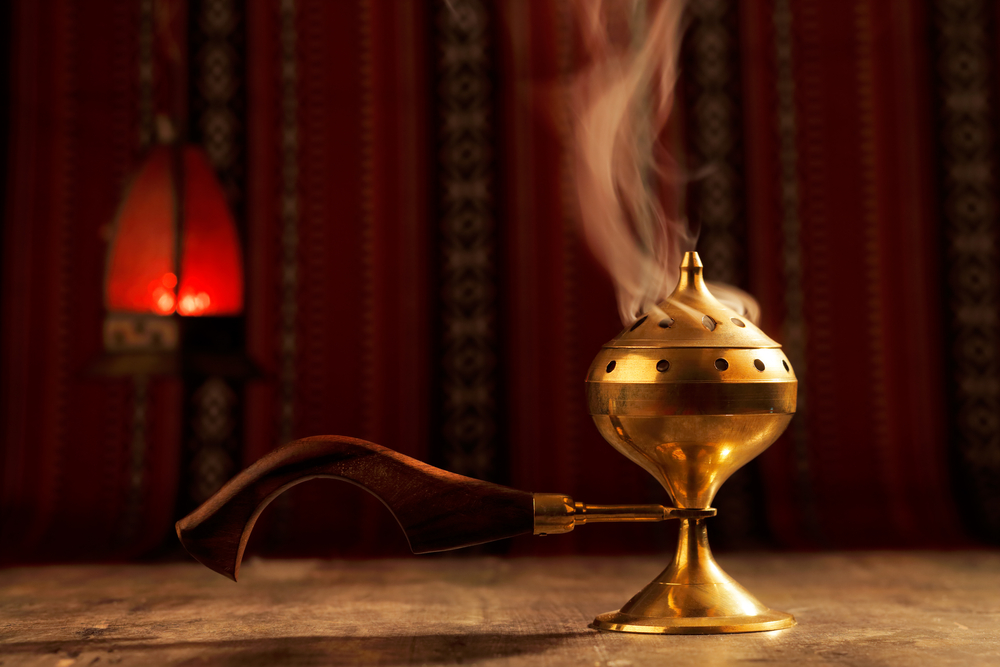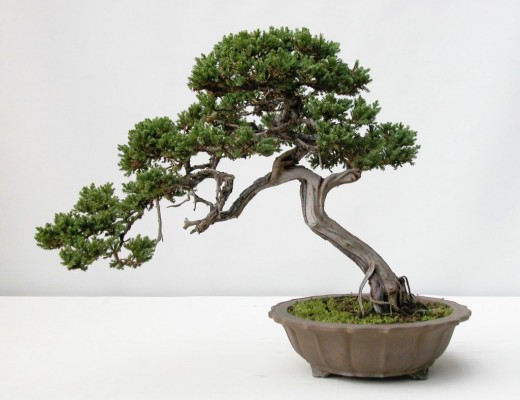When it comes Arabic fragrances, perfumes and incense, one always stands out, the Arabian Ouhd.
Oud is actually agarwood, a dark and resinous heartwood that forms inside Aquilaria and Gyrinops trees when they are infected with a type of mold. The trees are native to southeast Asia and parts of Africa. Before infection, the wood is actually odorless, light and pale colored, but results in a very dense and resin after infection.
The distinct odor of Oudh is used in fragrances and incense, and have been part of Arab and Islamic culture for over 5,000 years.
Due to heavy farming, it has become very rare and expensive. Since 1995 the Aquilaria malaccensis, the tree which from agarwood is extracted, has been listed as a potentially threatened species of flora. In 2004 all Aquilaria species were listed endangered, resulting in Oudh prices reaching $100,000 per kilogram. With prices being so high, it is considered the most expensive natural raw material in the world, and a luxury.
From Oudh, a whole range of products can be made. With a global market that has become an $8 billion industry, it is used to make oils, perfumes, incense, fragrances for creams and even medicines.
A unpopular fact about the Oudh resin is that it is edible, it is usually chewed like gum, but is stickier. Other than Oudh oil being used to treat sting from animals like scorpions, it is also used to treat arthritis, healing wounds, strengthening the female hormone system and purifying air.
African and Arab myths believe that burning Oudh daily brings good health to the residents of a home.




